Can You Continue to Get Hand Foot and Mouth
The hand-foot-mouth disease is a viral infection affecting children and infants below 5 years of age (1). This infection can easily spread from an infected individual to another. The infected person may transmit the virus even after several weeks of the initial infection. However, following simple remedies and adopting a few lifestyle changes can minimize infection risk to a great extent. Learn more about this infection here.
What Is Hand-Foot-And-Mouth Disease?
Hand-foot-and-mouth disease (HFMD) is a mild but contagious infection quite common in children. Its main cause is the coxsackievirus. It is characterized by mouth sores and rashes on the hands and feet.
Hand-foot-and-mouth disease is the most infectious in the first seven days. The virus often stays in the body for weeks and can easily spread to others.
How Can You Get Hand-Foot-And-Mouth Disease? How Does It Spread?
The viral infection easily spreads through the spit or feces of the affected children. Even close contact with an affected individual puts other people at a high risk of contracting the disease. Wiping the nose of an affected child or changing his/her diapers are other ways the disease can spread. Hence, it is important you wash your hands thoroughly after any contact with patients.
Let us now take a quick peek into the cause of this contagious disease.
What Causes Hand-Foot-And-Mouth Disease?
The most common cause of the hand-foot-and-mouth disease is the coxsackievirus A16 virus. This virus belongs to the group of non-polio enteroviruses.
This infection most often spreads due to oral ingestion of infected food/water. It also spreads from direct contact with infected:
- Nasal or throat discharge
- Stool
- Ruptured blisters
- Saliva
- Respiratory droplets from a sneeze or cough
Those with the disease exhibit the following symptoms.
What Are The Symptoms Of Hand-Foot-And-Mouth Disease?
The common symptoms associated with hand-foot-and-mouth disease include:
- A sore throat
- Fever
- Appetite loss
- Irritability (especially in infants and toddlers)
- Malaise
- Painful blisters inside the cheeks and on the tongue and gums
- A red rash with/without blistering that surfaces on the soles, palms, and in some cases, the buttocks
There is no specific treatment for hand-foot-and-mouth disease. The symptoms of this disease usually start easing in 7-10 days. Most treatments are aimed at alleviating symptoms.
While there are many medications available, you can try natural remedies – as they pose the least side effects.
11 Simple Remedies For Hand-Foot-And-Mouth Disease
1. Coconut Oil
Shutterstock
You Will Need
- 1-2 tablespoons of virgin coconut oil
- Cotton balls
What You Have To Do
- Take some virgin coconut oil on a cotton ball.
- Apply it to the affected area and leave it on until it dries. You can also leave the oil on overnight.
- Discard the used cotton ball.
How Often You Should Do This
You may do this once daily for best results.
Why This Works
Coconut oil possesses both anti-inflammatory and analgesic properties (2). These may help treat the blisters and rashes.
2. Baking Soda Bath
Shutterstock
You Will Need
- ½ cup of baking soda
- Water
What You Have To Do
- Add half a cup of baking soda to a tub filled with water. Allow it to dissolve completely.
- Soak in the baking soda bath for 15-20 minutes.
- You can also use the baking soda solution to rinse your mouth.
How Often You Should Do This
You may do this once daily.
Why This Works
While there is no study to prove this claim, anecdotal evidence suggests that baking soda is anti-inflammatory and can alleviate the symptoms of itching and inflammation.
3. Epsom Salt Bath
Shutterstock
You Will Need
- 1 cup of Epsom salt
- Water
What You Have To Do
- Add a cup of Epsom salt to a tub filled with water. Allow the salt to dissolve completely.
- Soak in the bath for 15-20 minutes.
- Pat your skin dry.
How Often You Should Do This
You may do this once daily or every alternate day.
Why This Works
Epsom salt is also referred to as magnesium sulfate, thanks to its composition. Magnesium inhibits inflammation by decreasing the production of inflammatory cytokines in the body (3). Hence, it could be helpful in soothing the associated blisters and rashes.
4. Essential Oils
a. Lavender Oil
Shutterstock
You Will Need
4-5 drops of lavender oil
What You Have To Do
- Add a few drops of lavender oil to your hand/body wash.
- Use it regularly.
- You can also diffuse some lavender oil around you before bedtime if the symptoms are interrupting your sleep.
How Often You Should Do This
You may do this once daily for best results.
Why This Works
Lavender oil is analgesic and anti-inflammatory and can possibly help relieve the painful rashes and blisters (4).
b. Tea Tree Oil
Shutterstock
You Will Need
4-5 drops of tea tree oil
What You Have To Do
- Add four to five drops of tea tree oil to your hand/body wash.
- Use it regularly.
How Often You Should Do This
You may use the tea tree oil infused hand wash multiple times daily if you are at risk of developing hand-foot-and-mouth disease.
Why This Works
Tea tree oil is antimicrobial and can be used to disinfect and sanitize your hands/body from the harmful disease-causing germs (5).
Caution
Do not use this remedy on babies or pregnant women.
5. Oatmeal Bath
Shutterstock
You Will Need
- 1 cup of oatmeal
- Water
What You Have To Do
- Add a cup of oatmeal to your bath filled with water.
- Mix well and soak in the oatmeal bath for 15-20 minutes.
- Pat dry your skin after the bath.
How Often You Should Do This
You can do this 1-2 times daily to alleviate the discomfort.
Why This Works
Oatmeal is quite popular in dermatology, owing to its impressive anti-inflammatory properties. These can help soothe the inflammation that accompanies hand-foot-and-mouth disease (6).
6. Oil Pulling With Coconut Oil
Shutterstock
You Will Need
1 tablespoon of cold-pressed coconut oil
What You Have To Do
- Swish a tablespoon of cold-pressed coconut oil
- In your mouth for 5-10 minutes.
- Spit the oil and go about your regular oral regimen in the morning.
How Often You Should Do This
You can do this once daily, preferably every morning.
Why This Works
Oil pulling with coconut oil can help alleviate the painful and inflamed blisters inside the mouth. This is due to the anti-inflammatory and analgesic properties of coconut oil (2).
7. Ginger
Shutterstock
You Will Need
- 1 inch of sliced ginger
- 1 cup of water
What You Have To Do
- Boil an inch of sliced ginger in a cup of water.
- Simmer and strain.
- Allow the solution to cool a bit before consuming it.
How Often You Should Do This
You can drink ginger tea twice daily.
Why This Works
The antiviral property of ginger can speed up the healing of hand-foot-and-mouth disease (7). Ginger also has pain-relieving and anti-inflammatory properties and can thus help improve the symptoms (8).
8. Garlic
Shutterstock
You Will Need
1-2 garlic cloves
What You Have To Do
- Consume one to two garlic cloves daily.
- Alternatively, you can also add crushed garlic to your favorite salads and dishes
How Often You Should Do This
You may do this once daily.
Why This Works
The virucidal properties of garlic, combined with its anti-inflammatory properties, may help speed up your recovery from hand-foot-and-mouth disease (9), (10).
9. Elderberry
Shutterstock
You Will Need
- 1 cup of water
- 2-3 teaspoons of dried elderberry
What You Have To Do
- Add two to three teaspoons of dried elderberry to a cup of water.
- Bring it to a boil in a saucepan.
- Simmer for 10-15 minutes and strain.
- Allow the mixture to cool a bit.
- Consume the warm elderberry tea.
How Often You Should Do This
You may do this 1-2 times daily.
Why This Works
Elderberry possesses immunity-boosting and antiviral properties that can ease the symptoms of hand-foot-and-mouth disease (11). It can also accelerate recovery.
10. Licorice Root
Shutterstock
You Will Need
- 1 teaspoon of dried licorice tea
- 1 cup of water
What You Have To Do
- Add a teaspoon of licorice root to a cup of water.
- Bring it to a boil in a saucepan.
- Remove from the heat and allow the mixture to steep for 5-10 minutes.
- Drink the warm tea.
How Often You Should Do This
You may do this 1-2 times daily for optimum benefits.
Why This Works
Licorice root is a popular Chinese herb used to treat many illnesses due to its antiviral nature (12). These antiviral properties can also help treat hand-foot-and-mouth disease.
11. Aloe Vera
Shutterstock
You Will Need
Freshly extracted aloe gel
What You Have To Do
- Extract some gel from an aloe vera leaf.
- Whisk it using a spoon.
- Apply the gel to the affected areas.
- Leave it on for at least 20-30 minutes before rinsing it off.
How Often You Should Do This
You may do this twice daily for best results. If you have extremely dry skin, add some moisturizer to aloe gel before application.
Why This Works
Aloe vera gel possesses anti-inflammatory properties that can help in soothing the inflamed rashes and painful blisters associated with hand-foot-and-mouth disease (13).
Listed below are some tips that can keep you from contracting this disease.
How To Prevent Hand-Foot-And-Mouth Disease
- Wash your hands multiple times a day, especially if you have been handling diapers or bathing an infected child.
- Do not touch your eyes, mouth, or nose with dirty hands.
- Avoid close contact with affected individuals.
- Do not share utensils with infected individuals until they have recovered.
- Disinfect common areas like toilets regularly.
- Infected individuals must avoid venturing out until advised by the doctor.
Infographic: Risk Factors For Hand, Foot, And Mouth Disease
Children's primary caregivers still worry about hand, foot, and mouth disease (HFMD), even though it is usually a mild disease that goes away within weeks. However, you can take several preventive measures to safeguard yourself if you know you are at risk of contracting it.
Check out the infographic below to determine whether or not you or someone you know is likely to catch this disease.
Illustration: StyleCraze Design Team
Hand, foot, and mouth disease is a contagious viral infection. It can affect infants and children below 5 years. It spreads through infected food or water, nasal discharge, saliva, stool, and from a sneeze or cough. However, certain home remedies for hand, foot, and mouth disease may help treat the condition. These include coconut oil, baking soda bath, Epsom salt bath, essential oils like lavender oil and tea tree oil, and oatmeal bath. In addition, you can prevent this disease by washing your hands multiple times, avoiding close contact with the infected individual, and disinfecting common wash areas. But if your symptoms continue to worsen, immediately consult your doctor.
Frequently Asked Questions
What ointment is good for hand, foot, and mouth disease?
The 1% hydrocortisone ointment (over-the-counter) may help improve this condition. Additionally, home remedies like petroleum jelly or zinc oxide (topical ointments) may help heal the blisters.
Can honey help treat hand, foot, and mouth disease?
Yes. A mix of honey, finger millet flour, and natural soda ash solution is used to manage hand, food, and mouth disease (14).
Should I take my child to the doctor for hand, foot, and mouth disease?
Yes, especially if your child's mouth sores or sore throat prevent them from drinking fluids.
Does calamine lotion help with hand, foot, and mouth disease?
There is no medication for hand, foot, and mouth disease. Calamine lotion may help relieve irritation.
What is the quarantine period for those dealing with hand, foot, and mouth disease?
Three to six days is the quarantine period for those dealing with hand, foot, and mouth disease.
Can I put Neosporin on hand, foot, and mouth blisters?
Yes. You can put antibiotic ointment (Neosporin) in small amounts on hand, foot, and mouth blisters.
Key Takeaways
- Coxsackievirus A16 virus is the most common cause of hand-foot-and-mouth disease.
- Some of the common symptoms of this disease are fever, sore throat, and appetite loss.
- You can manage this condition with home remedies like coconut oil, baking soda, Epsom salt, and more.
- You can also prevent this infection by washing your hands regularly and maintaining your distance from infected individuals.
Sources
- "Hand, Foot And Mouth Disease" Centers For Disease Control And Prevention.
- "Anti-inflammatory, analgesic, and antipyretic activities of virgin coconut oil." Pharmaceutical Biology, US National Library Of Medicine.
- "Magnesium Decreases Inflammatory Cytokine Production: A Novel Innate Immunomodulatory Mechanism" Journal Of Immunology, US National Library Of Medicine.
- "Antioxidant, analgesic and anti-inflammatory effects of lavender essential oil." Annals of the Brazilian Academy of Sciences, US National Library Of Medicine.
- "Melaleuca alternifolia (Tea Tree) Oil: a Review of Antimicrobial and Other Medicinal Properties" Clinical Microbiology Reviews, US National Library Of Medicine.
- "Anti-inflammatory activities of colloidal oatmeal (Avena sativa) contribute to the effectiveness of oats in the treatment of itch associated with dry, irritated skin." Journal Of Drugs In Dermatology, US National Library Of Medicine.
- "Fresh ginger (Zingiber officinale) has anti-viral activity against human respiratory syncytial virus in human respiratory tract cell lines." Journal Of Ethnopharmacology, US National Library Of Medicine.
- "Ginger–an herbal medicinal product with broad anti-inflammatory actions." Journal of Medicinal Food, US National Library Of Medicine.
- "In vitro virucidal effects of Allium sativum (garlic) extract and compounds." Planta Medica, US National Library Of Medicine.
- "Immunomodulation and Anti-Inflammatory Effects of Garlic Compounds" Journal Of Immunology Research, US National Library Of Medicine.
- "The effect of Sambucol, a black elderberry-based, natural product, on the production of human cytokines: I. Inflammatory cytokines." European Cytokine Network, US National Library Of Medicine.
- "The antiviral and antimicrobial activities of licorice, a widely-used Chinese herb" Acta Pharmaceutica Sinica B., US National Library Of Medicine.
- "Antiinflammatory activity of extracts from Aloe vera gel." Journal of Ethnopharmacology, US National Library Of Medicine.
- Use of Ethnoveterinary Remedies in the Management of Foot and Mouth Disease Lesions in a Diary Herd
https://www.ncbi.nlm.nih.gov/pmc/articles/PMC3252696/
Was this article helpful?
The following two tabs change content below.
- Reviewer
- Author

Shaheen holds a postgraduate degree in Human Genetics and Molecular Biology. She is a Geneticist with proficiency in Biotechnology, Immunology,... more

Dr. Archna Agrawal is a licensed naturopathy and yoga practitioner with over 20 years of experience in nutrition and counseling.... more
whitworthaltylets.blogspot.com
Source: https://www.stylecraze.com/articles/hand-foot-and-mouth-disease-home-remedies/
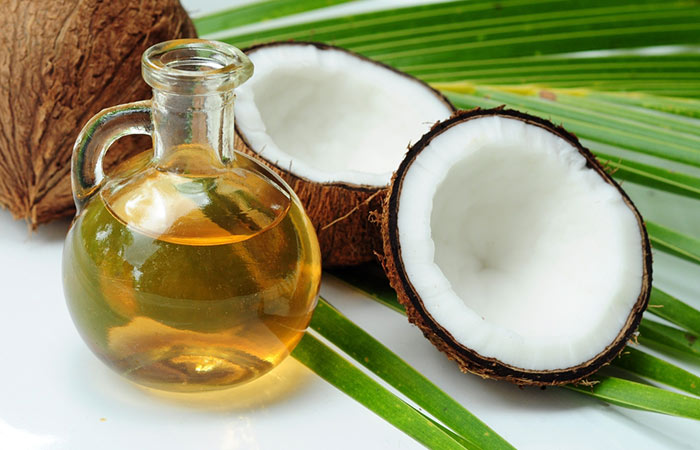
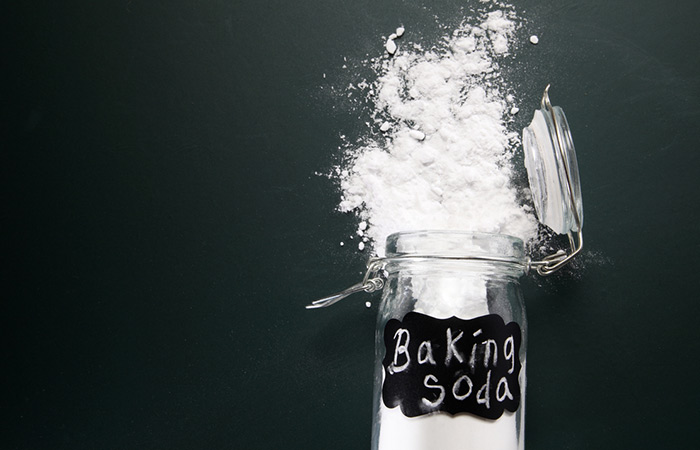


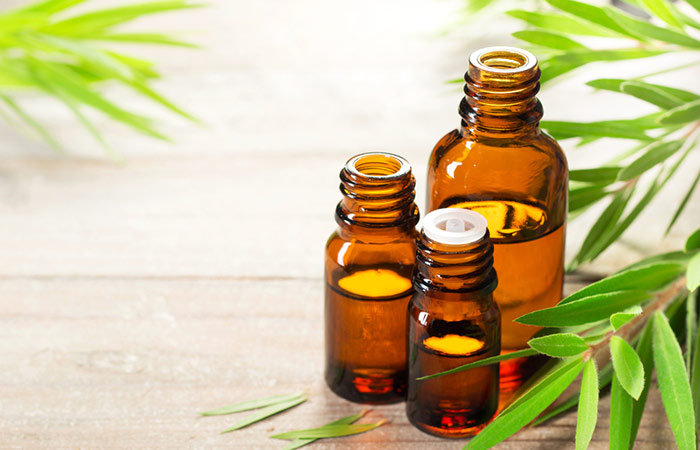
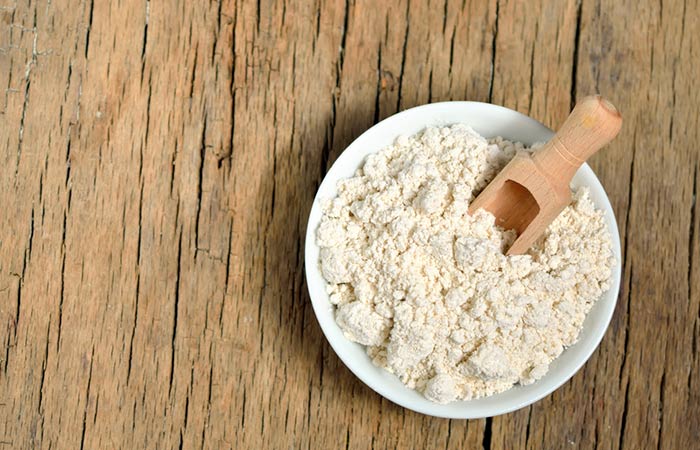
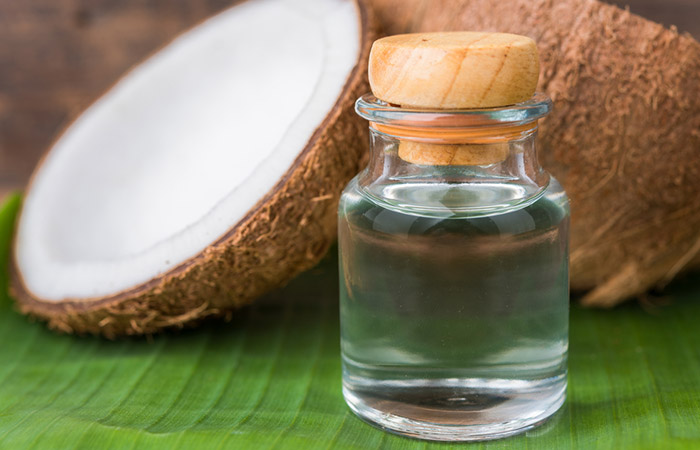
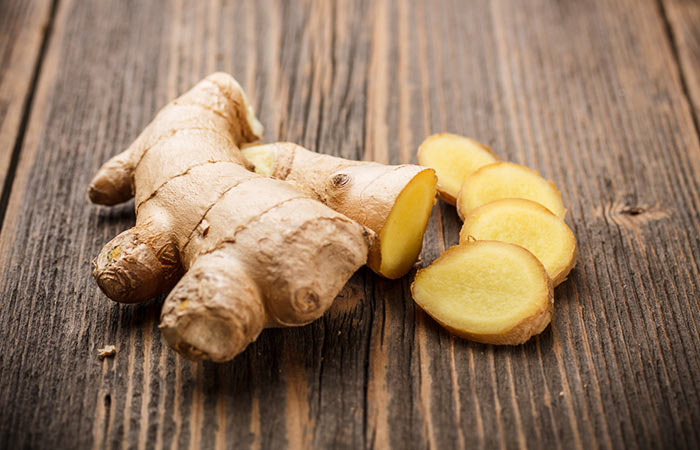

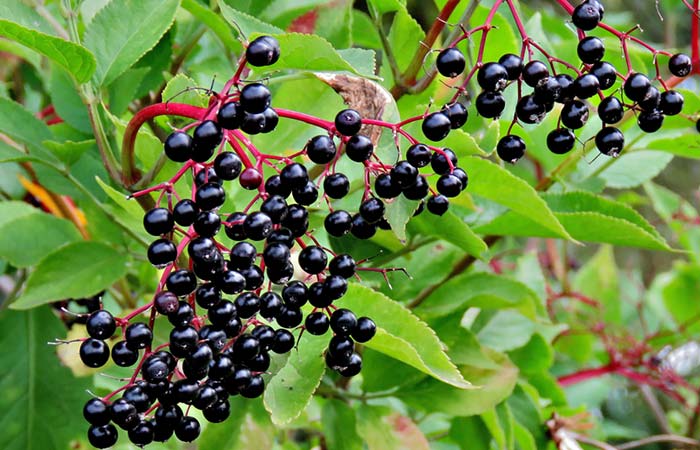
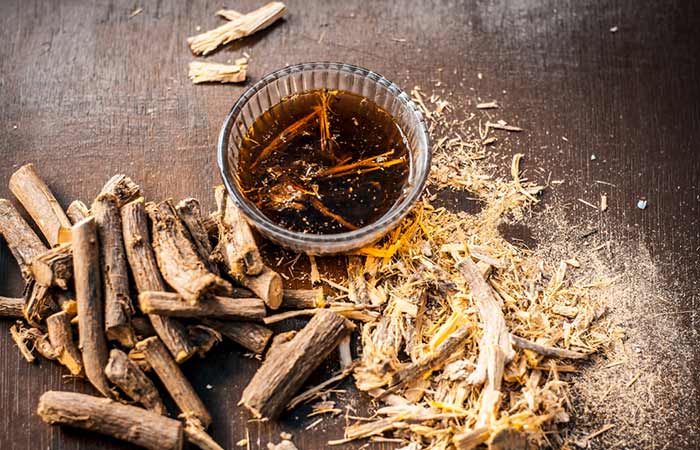
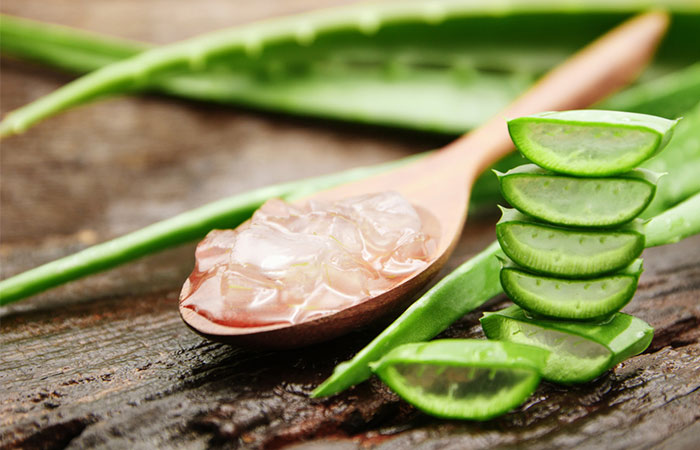
![risk factors for hand, foot, and mouth disease [infographic]](https://cdn2.stylecraze.com/wp-content/uploads/2022/10/Risk-Factors-For-Hand-Foot-And-Mouth-Disease_2.jpg)
0 Response to "Can You Continue to Get Hand Foot and Mouth"
Post a Comment